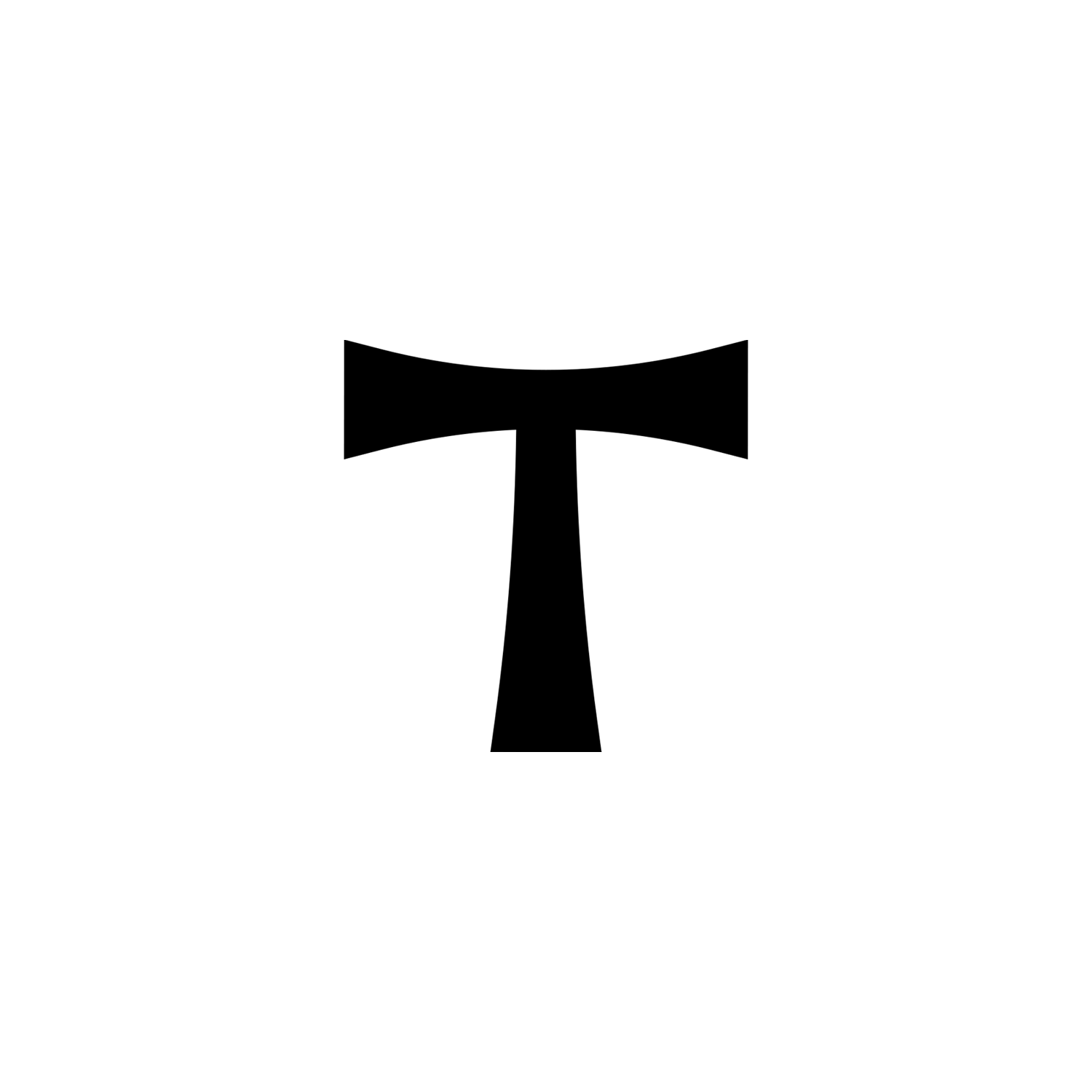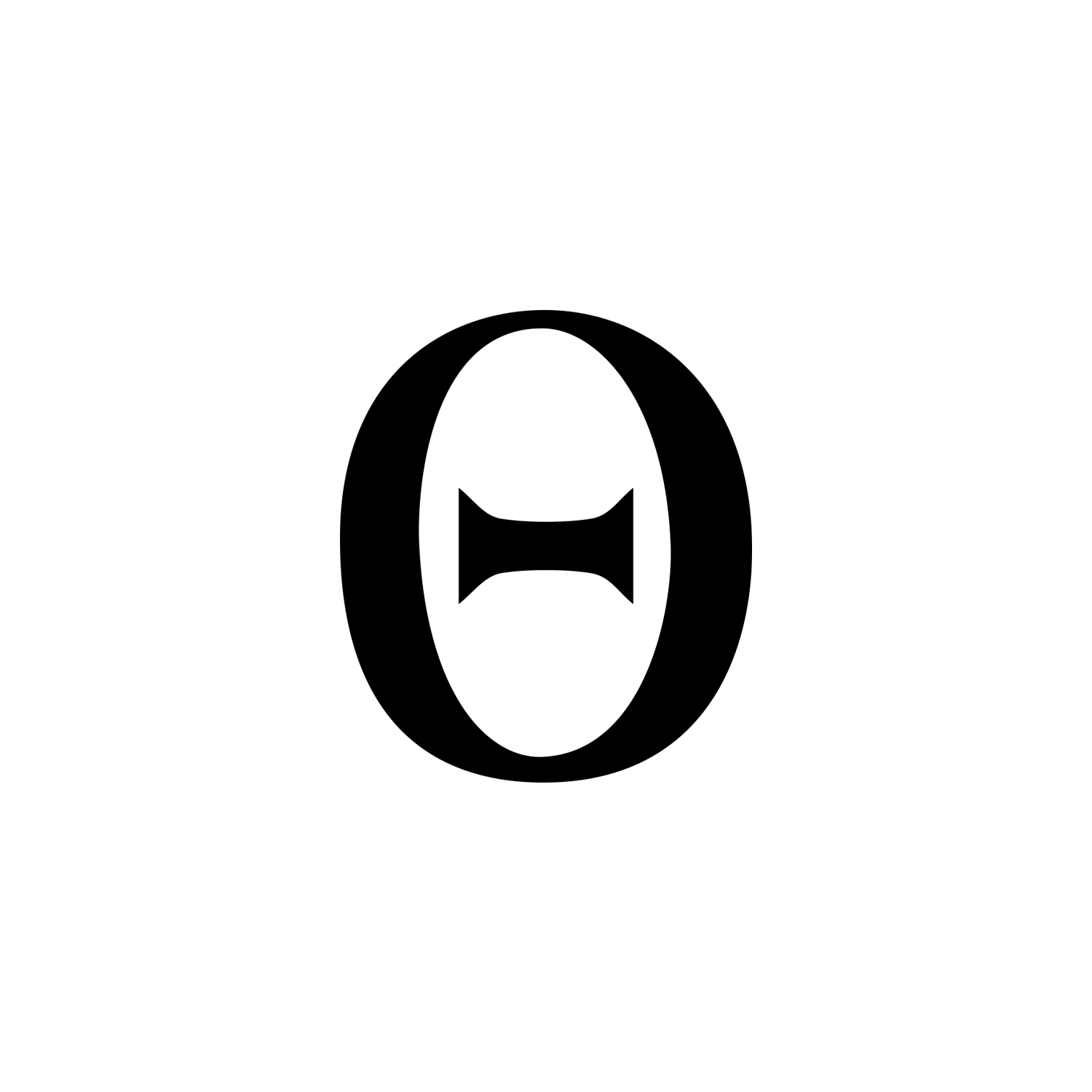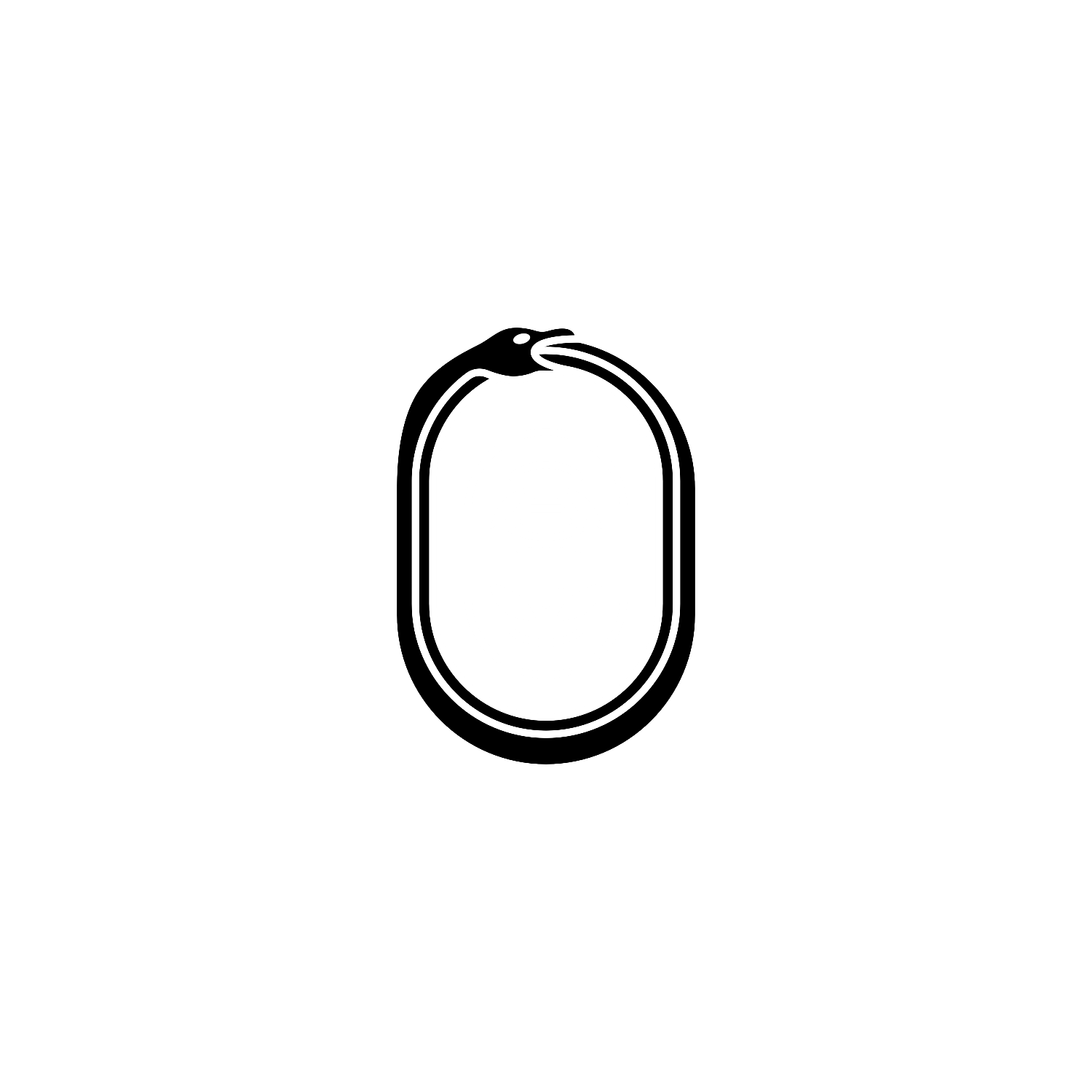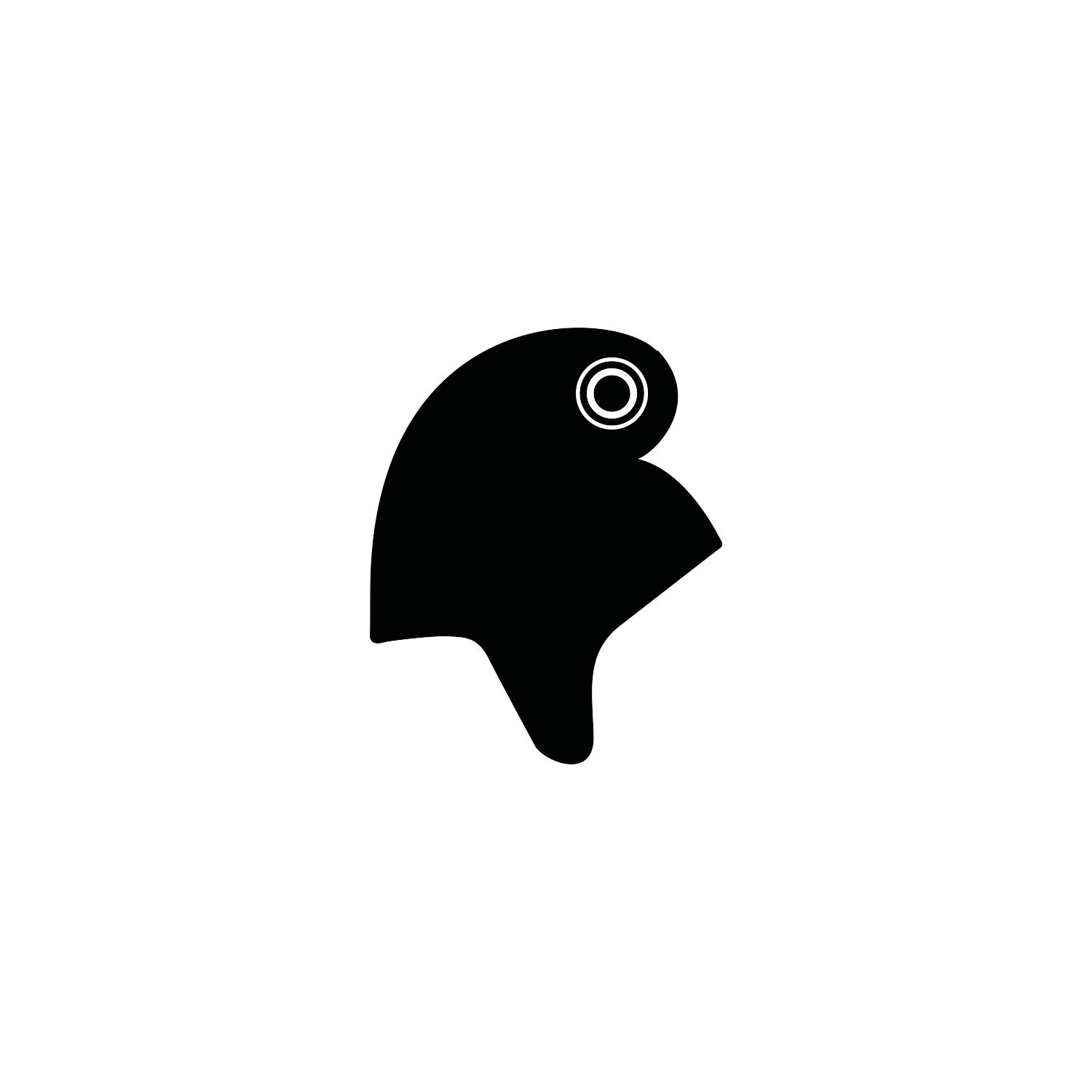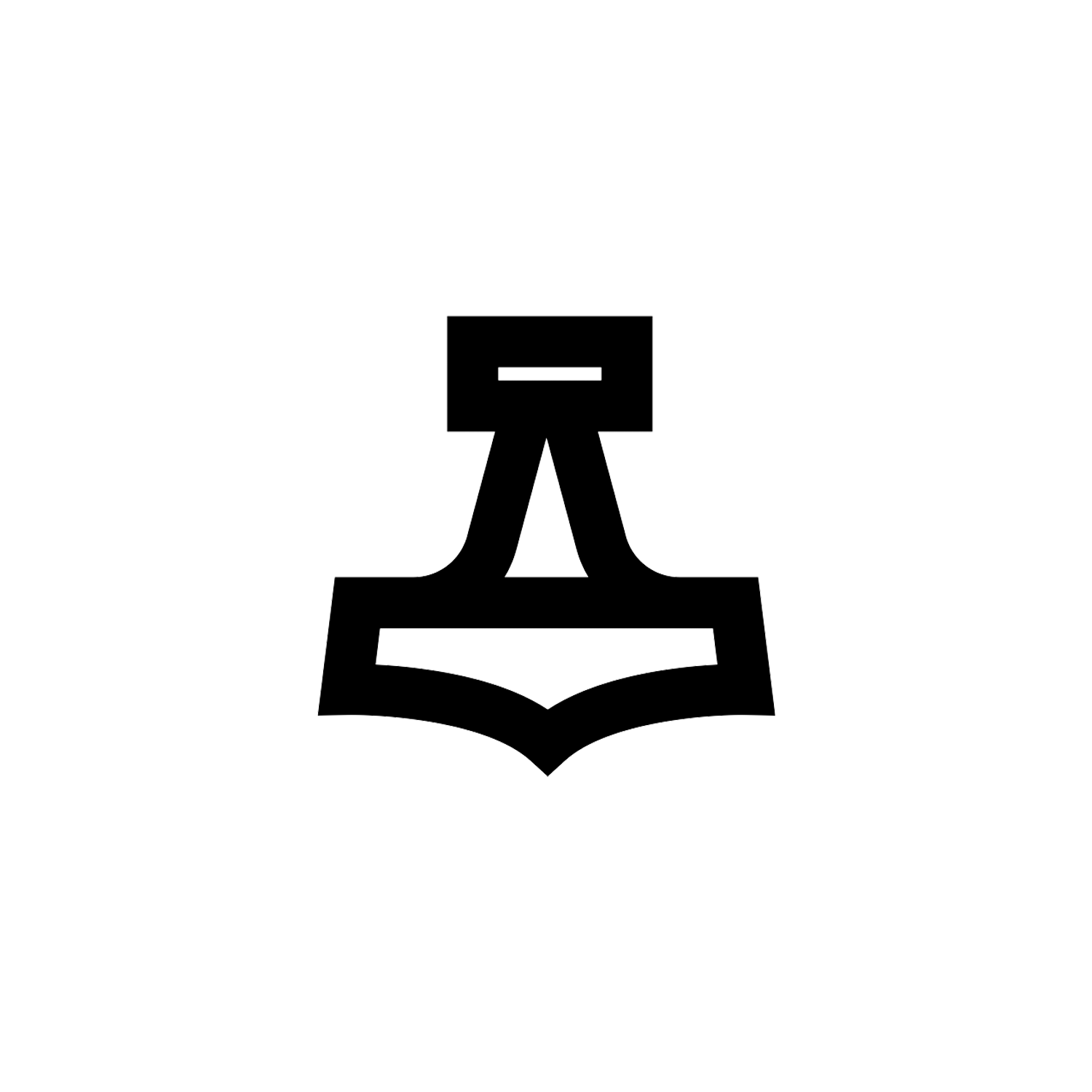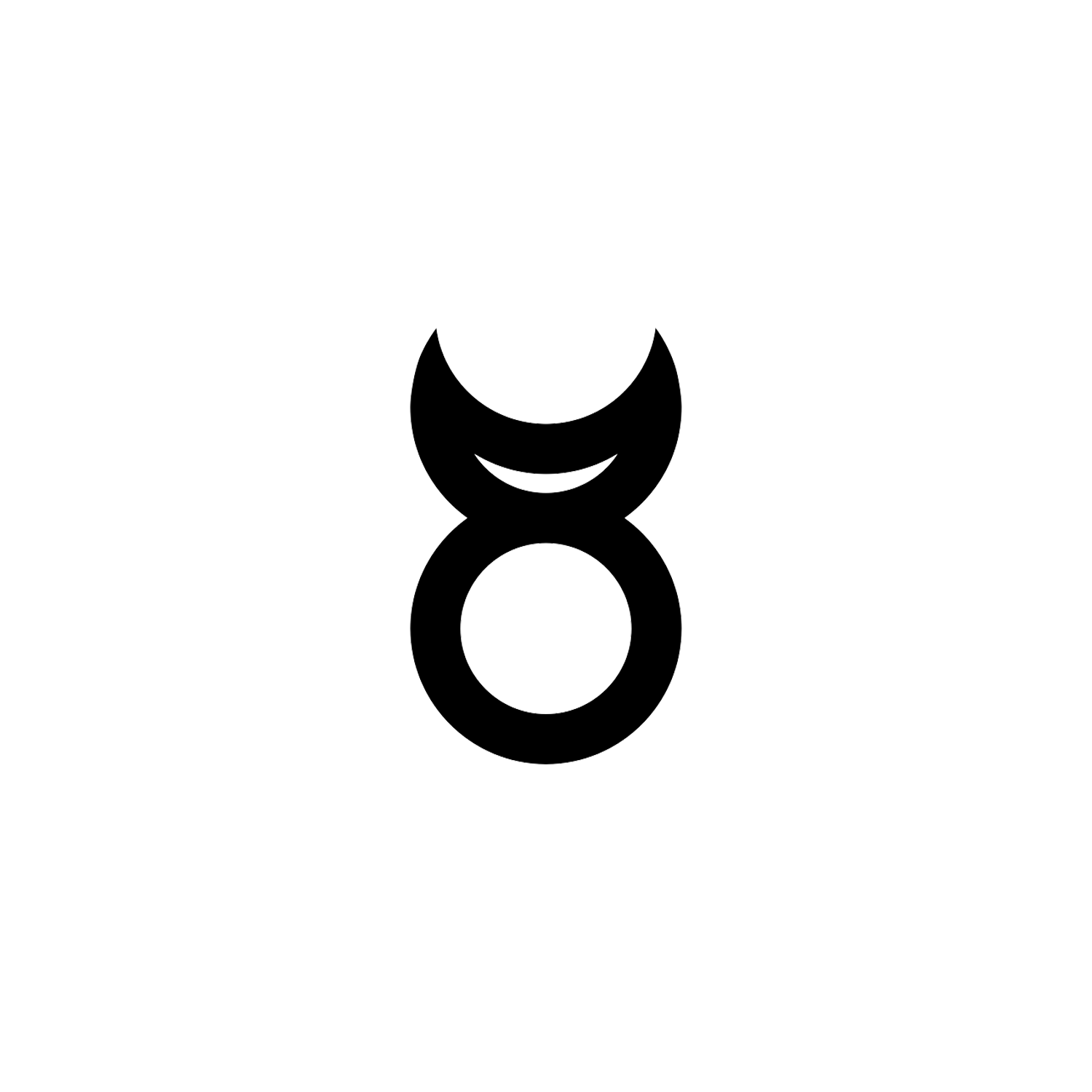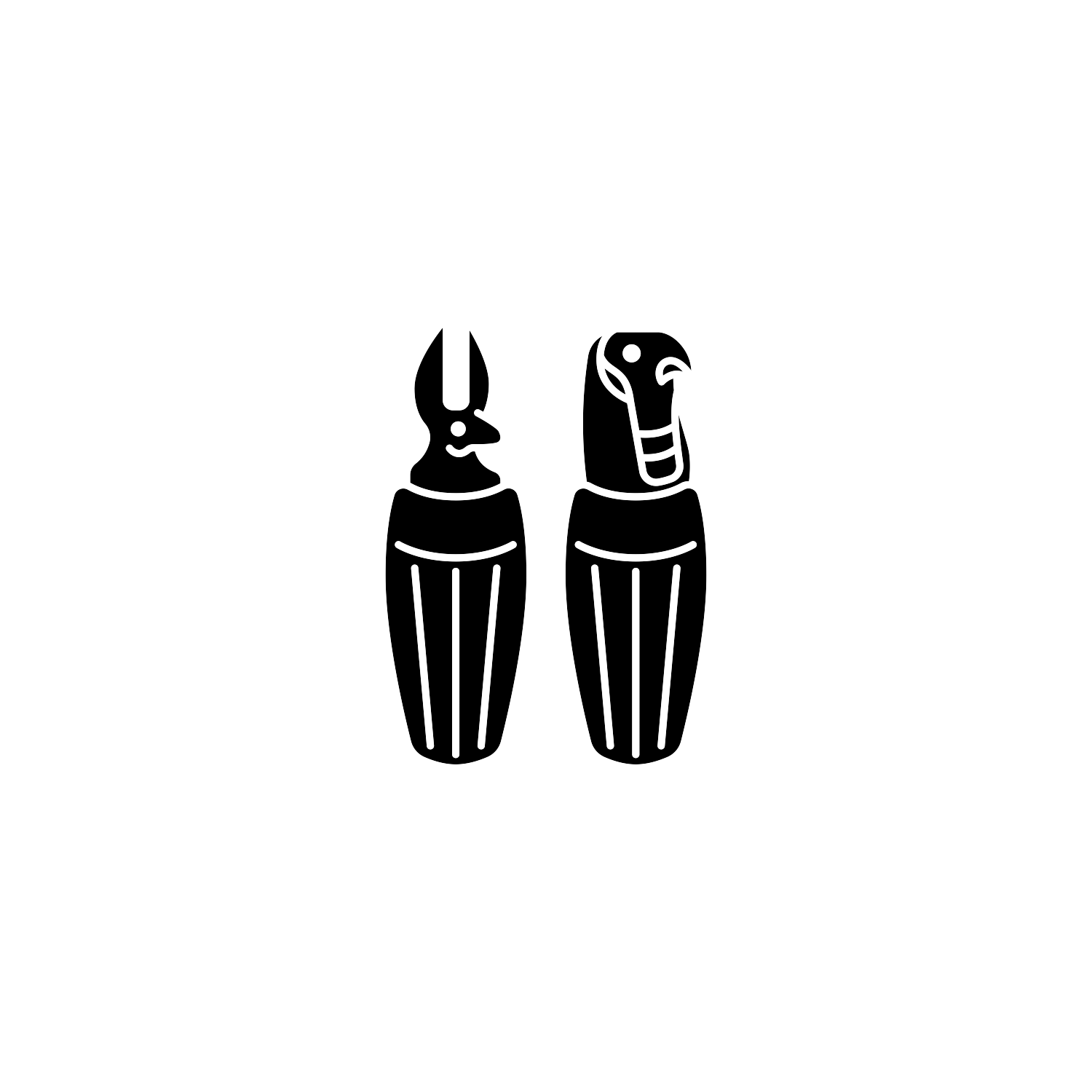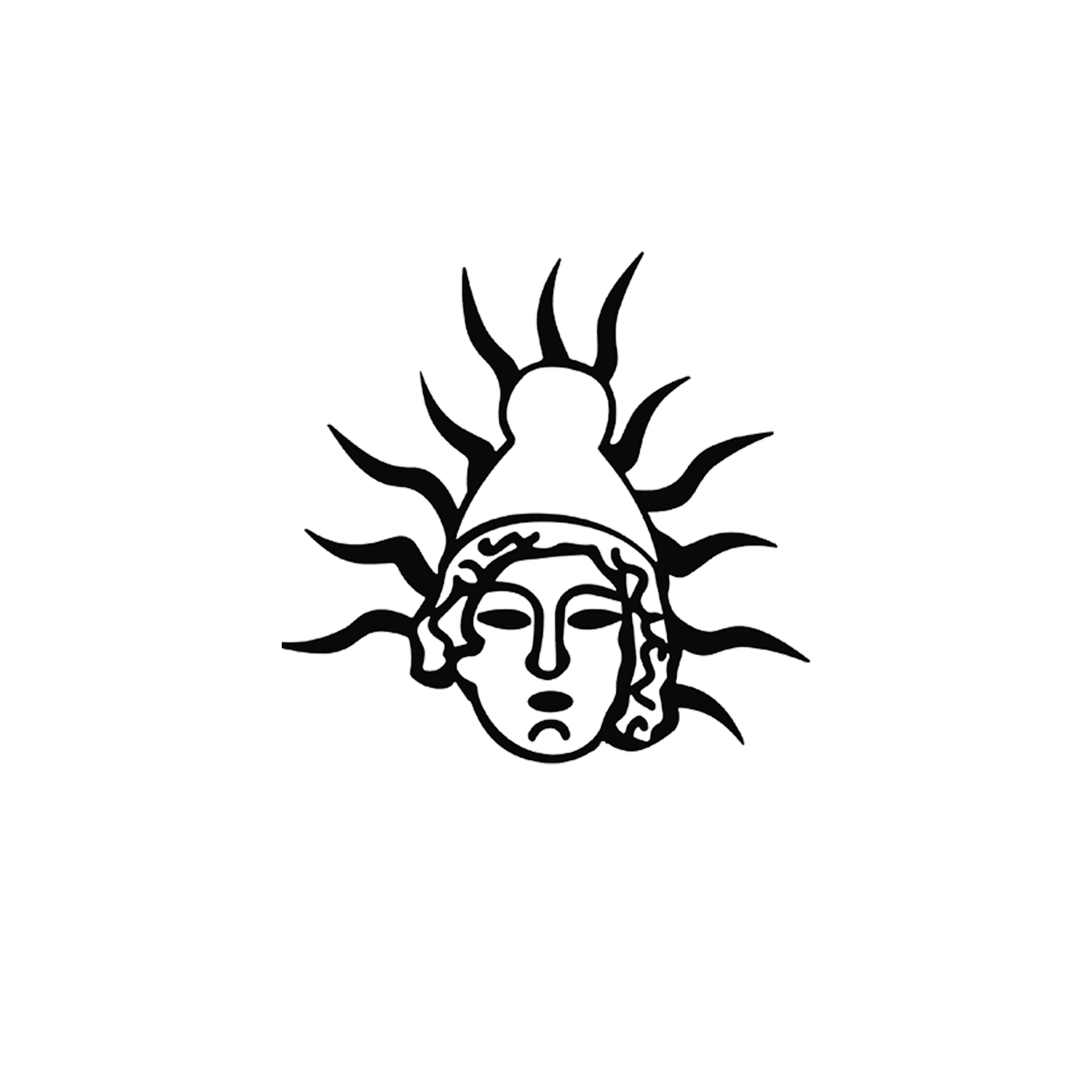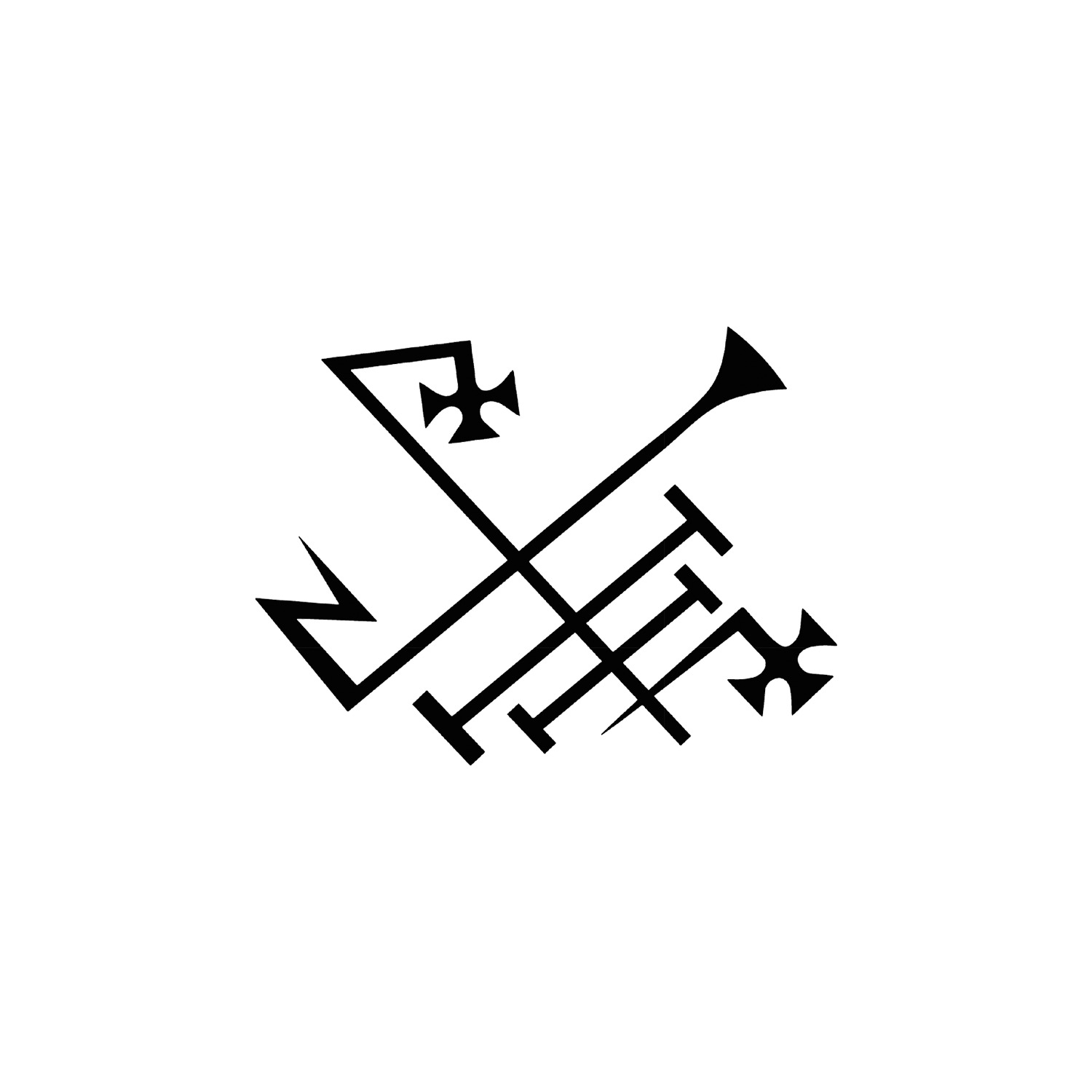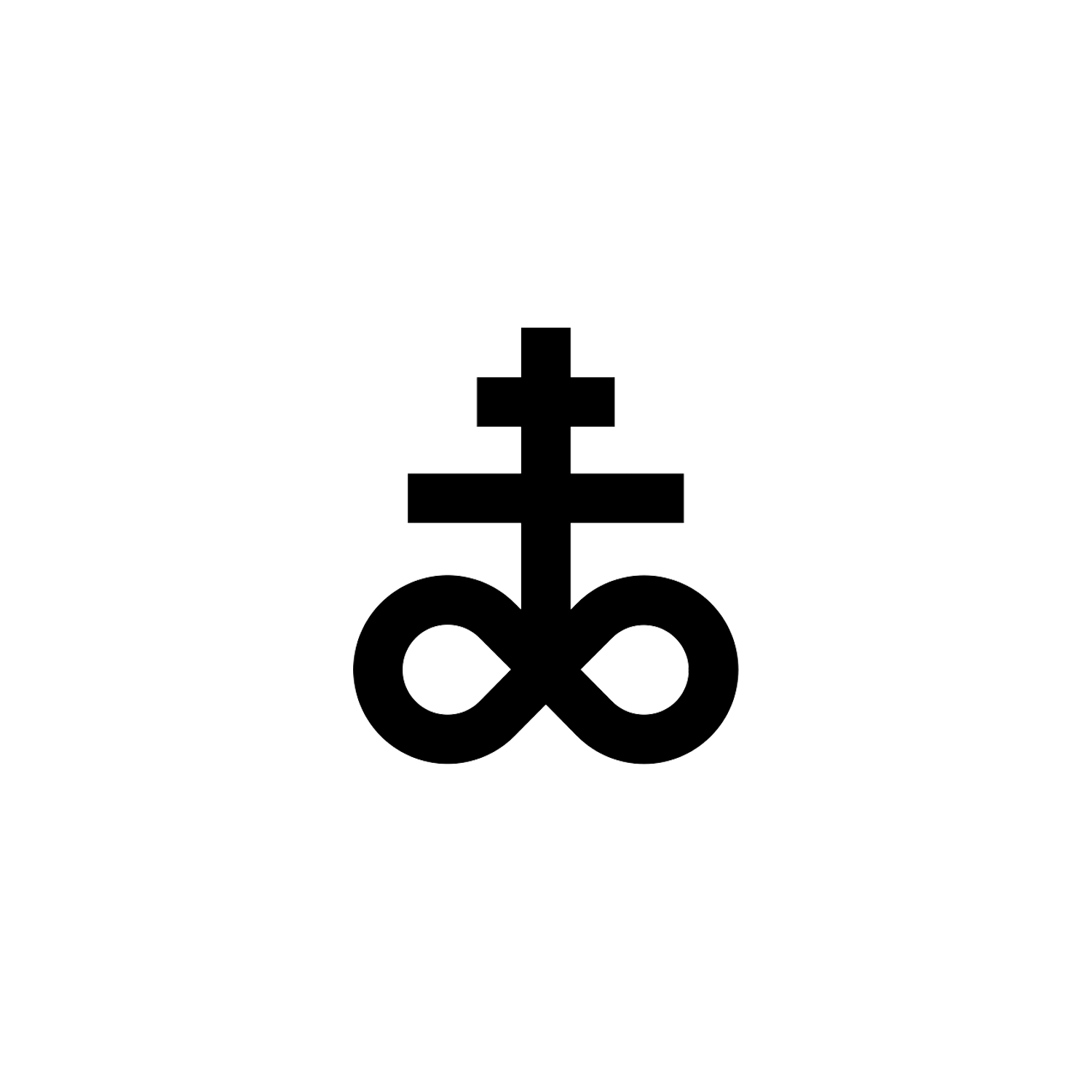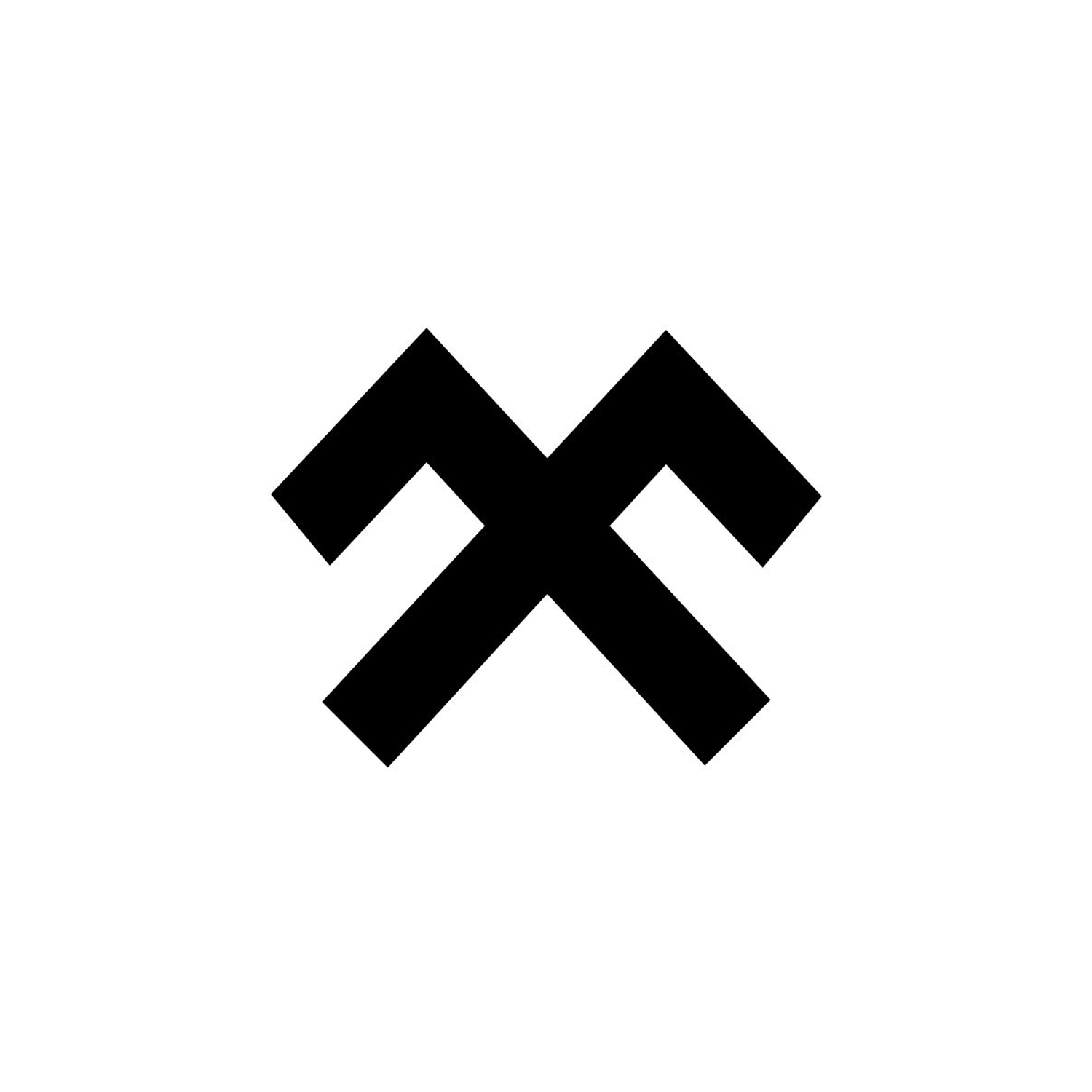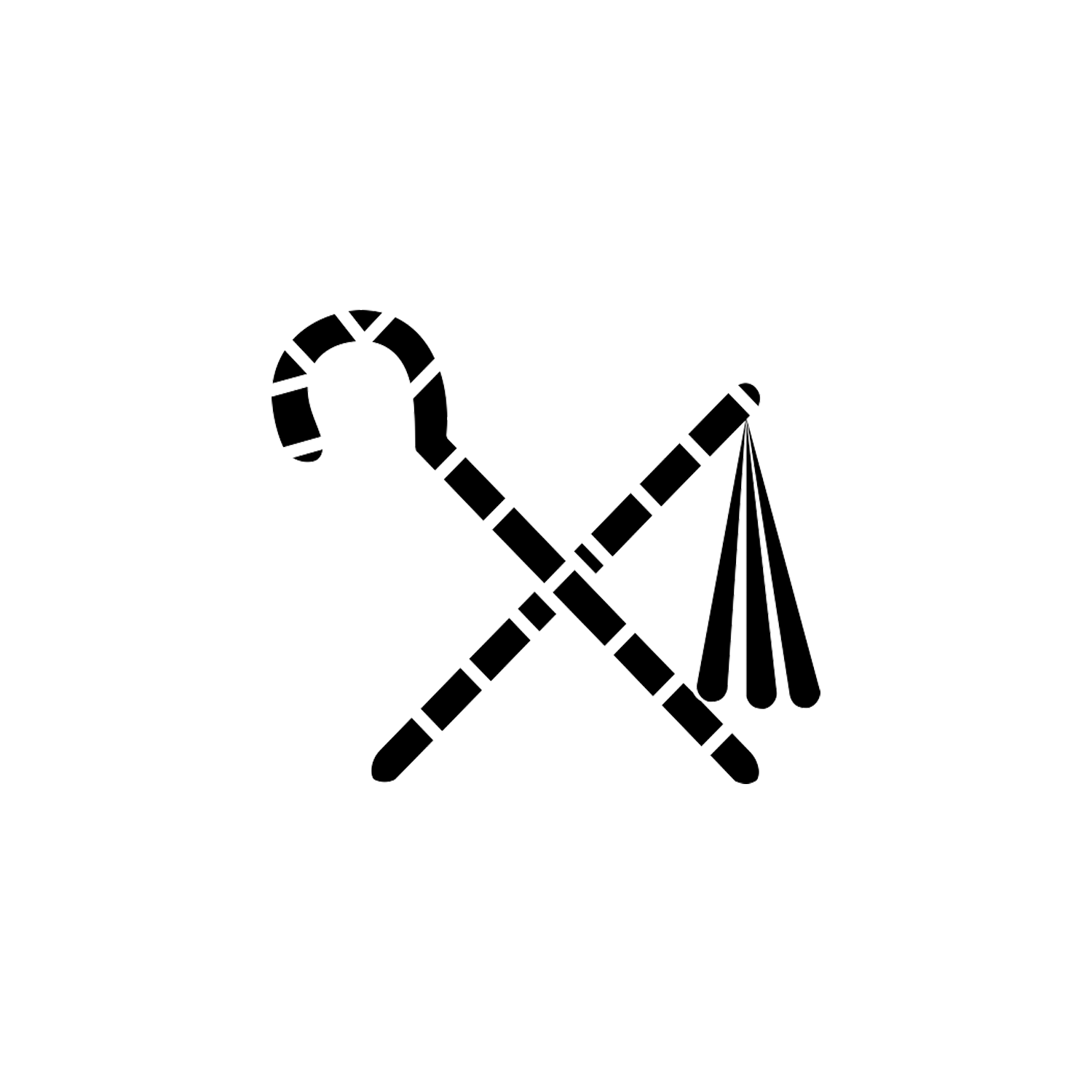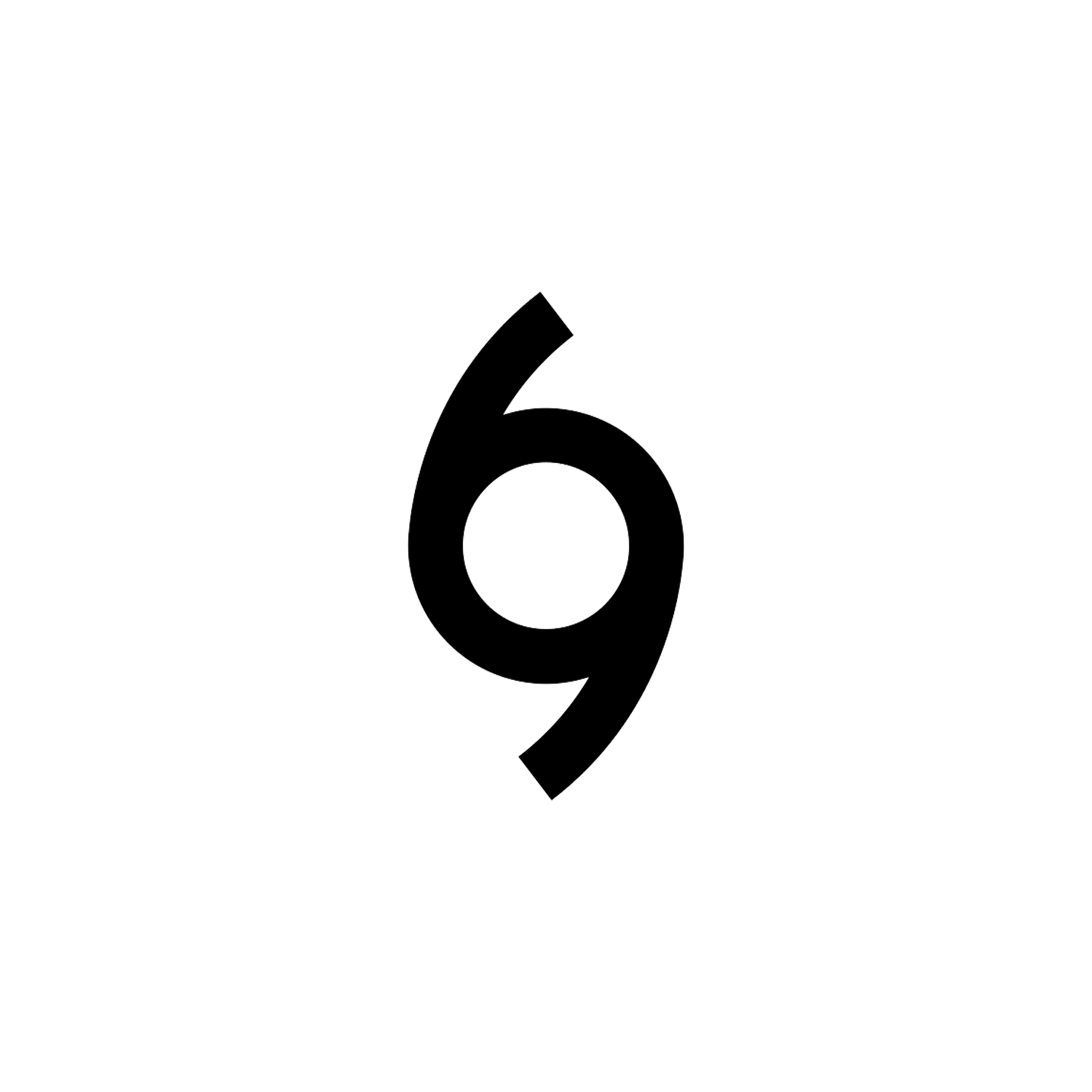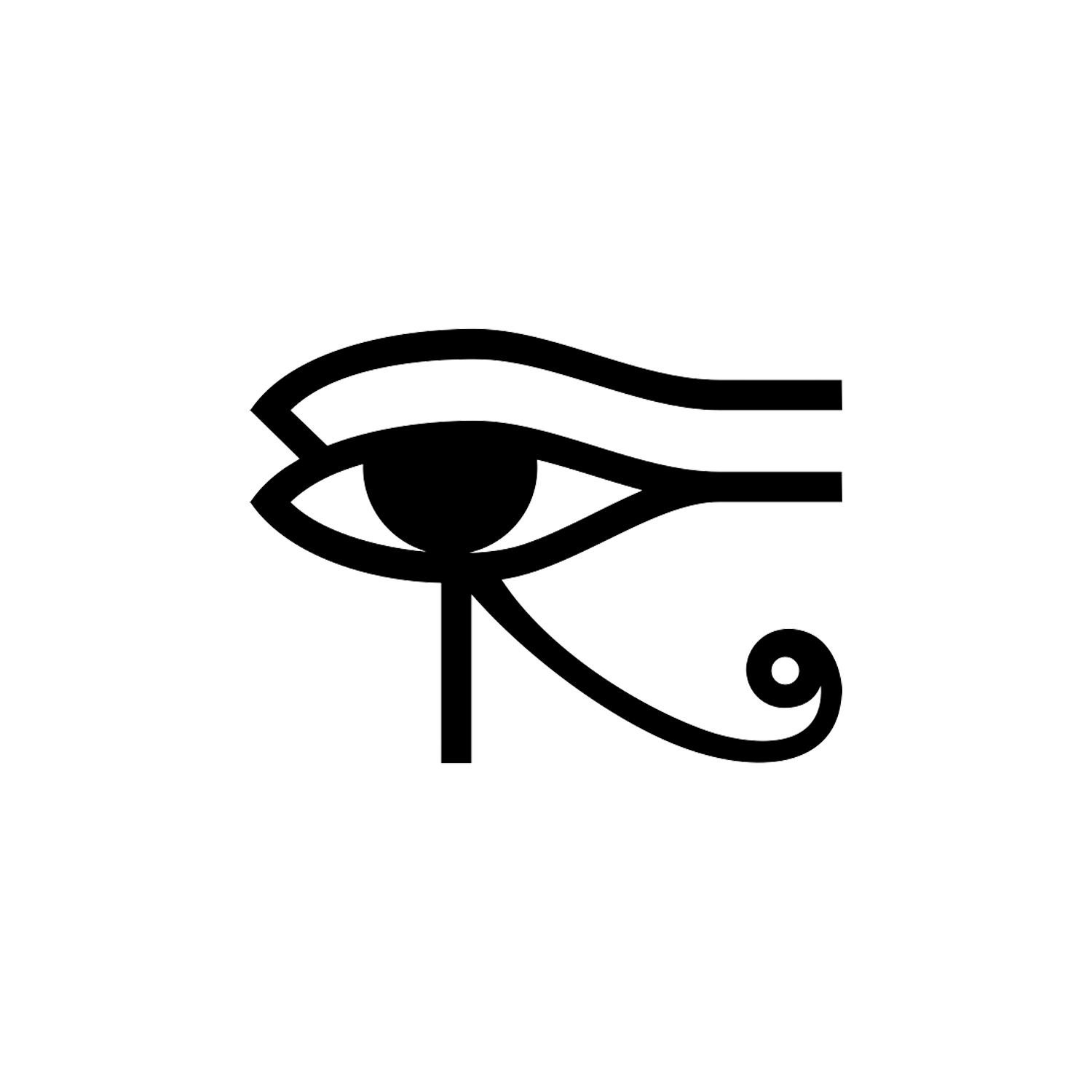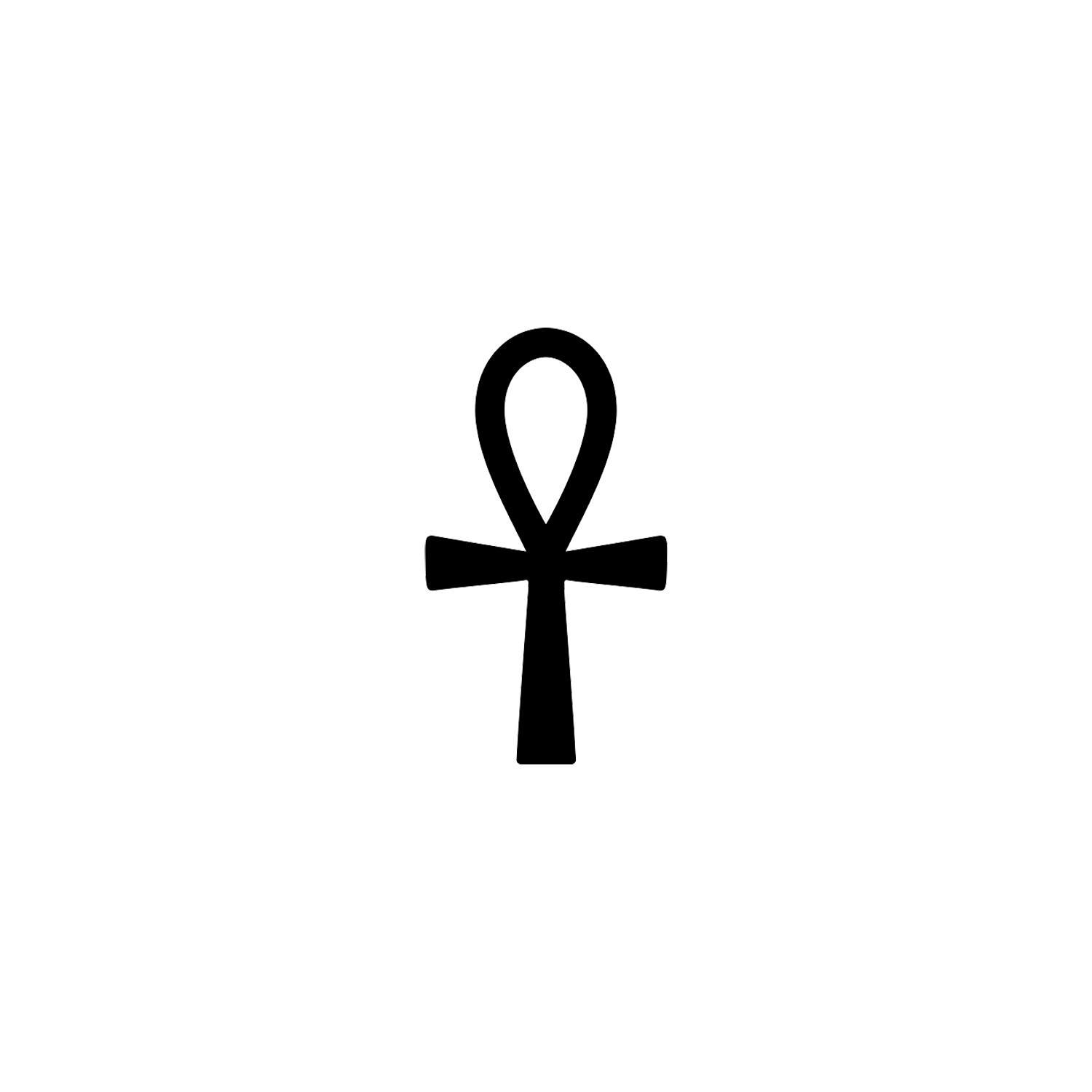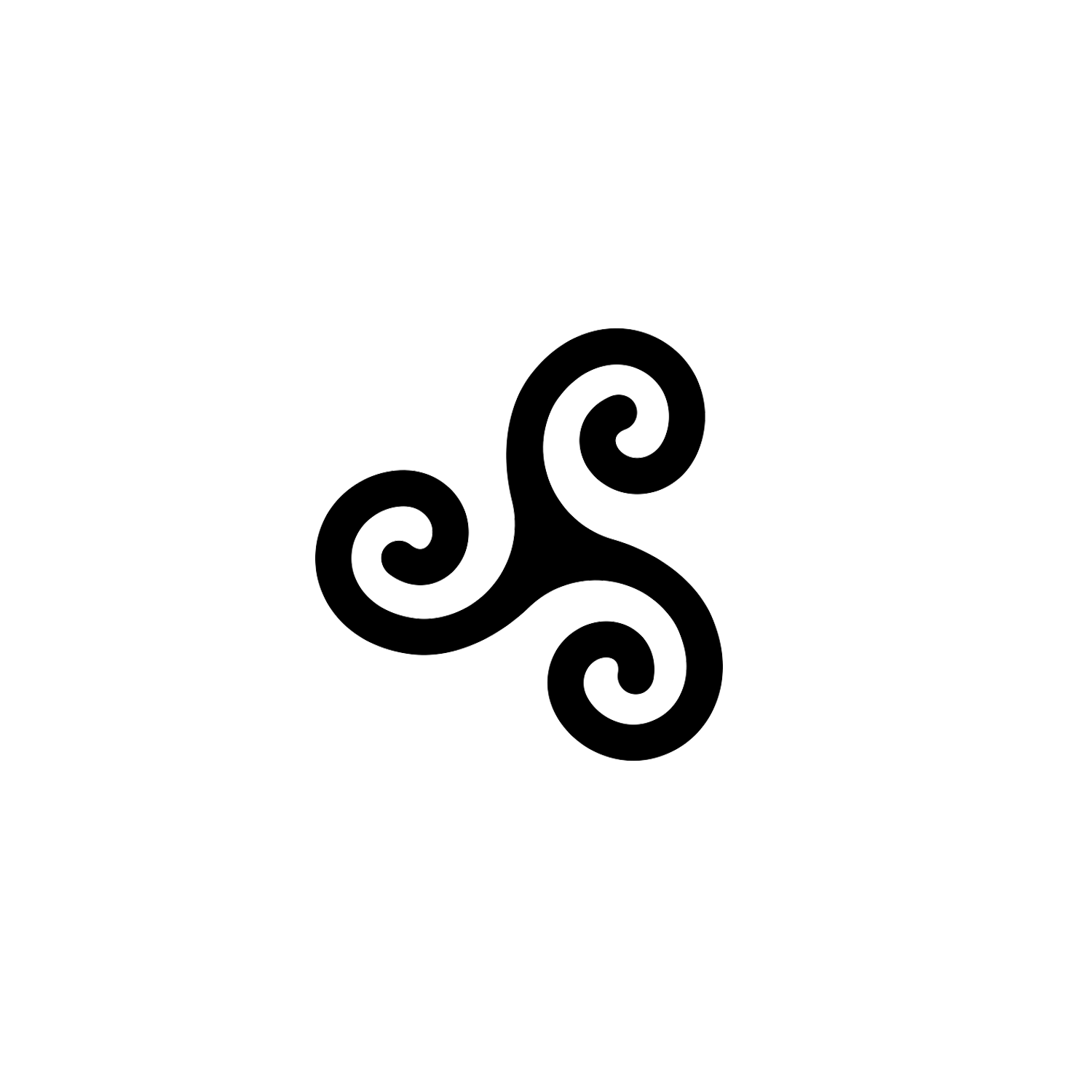Gungnir
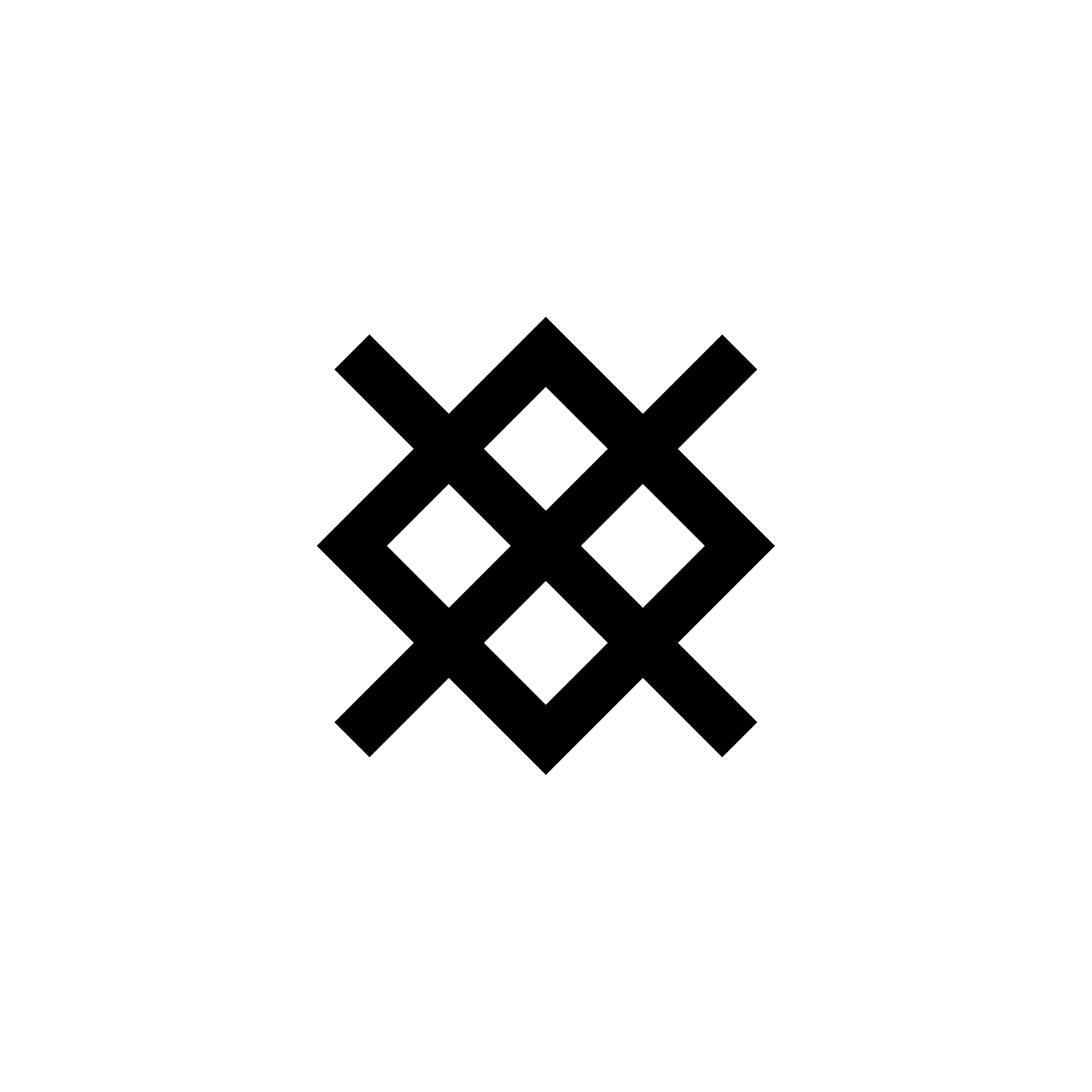

Gungnir
Spear of Norse god Odin.
Overview
In Norse mythology, Gungnir (/ˈɡʌŋ.nɪər/, “swaying” or “rocking”[1]) is the spear of the god Odin. It is known for always hitting the target of the attacker regardless of the attacker’s skill.
The first being that was killed by this legendary spear was Ymir, the father of all things that came after himself.
Origin and Meaning
In the recorded Norse myths, Gungnir is the weapon most consistently and powerfully associated with Odin.[2] Both poetry and visual art demonstrate that this connection is deep and long-standing. It goes back at least as far as the 9th century, when the poet Bragi Boddason referred to Odin as Gungnis váfaðr (“Gungnir’s shaker”).[3]
Pre-Christian Scandinavian visual art often depicts Odin bearing a spear; in fact, the spear is one of his most typical iconographic attributes. Such depictions are found from Viking Age runestones all the way back to Bronze Age rock carvings of a spear god, who very well may be Odin (though due to the very early date and lack of other distinguishing features, it’s impossible to say for certain).[4]

As you’d expect for the weapon of a god, Gungnir is no ordinary spear. It was created by the dwarves, known as Sons of Ivaldi, the most skilled smiths in the cosmos, as repeatedly related in the tale of how the gods’ greatest treasures were made. Gungnir is said to have runes carved on its point,[5] which presumably increase its aim and deadliness through magic.
The spear was obtained from the dwarfs by Loki, the result of a scheme he concocted as a partial reparation for his cutting of the goddess Sif’s hair. The spear is described as being so well balanced that it could strike any target, no matter the skill or strength of the wielder.
Archaeology confirms that the Norse and other Germanic peoples did in fact carve runes into some of their spears;[6] perhaps this was done in imitation of the mythical model of Gungnir. The Germanic version of Odin is Wotan (pictured above).
Other aspects of Gungnir definitely did serve as mythical models for human actions. This is especially true with regard to the spear’s role in human sacrifices offered to Odin.


If the rider on horseback on the image on the Böksta Runestone has been identified as Odin, then Odin is shown carrying Gungnir while hunting an elk.[7]
In the Poetic Edda poem Völuspá, the Æsir-Vanir War is described as officially starting when Odin throws a spear over the heads of an assembly of Vanir gods. Whether or not this was specifically Gungnir is, however, unstated. In Sigrdrífumál, the valkyrie Sigrdrífa advises Sigurd on the magical application of runes. She gives Sigurd advice and shares with him lore, including that runes were carved on the tip of Gungnir.
In the war between the two tribes of gods, Odin led the Aesir gods into battle against the Vanir. He began the battle by hurling his spear over the enemy host and crying, “Óðinn á yðr alla!” (“Odin owns all of you!”). The historical Norse warriors repeated this paradigmatic gesture, giving the opposing army as a gift or tribute to Odin in hopes that the god would return the favor by granting them victory.[8]

Likewise, when Odin sacrificed himself to Yggdrasil (The Tree of Life) in order to discover the runes, he simultaneously stabbed himself with Gungnir and hanged himself.
It’s fitting, therefore, that when the Norse sacrificed someone to Odin, whether a single individual or a large group of people, they typically did so by means of a spear, either by itself or in combination with hanging.[9]
In the Viking Age, Odin was the chief of the gods, a role which in earlier times he had shared with the god Tyr. Just as Tyr’s sword seems to have been a symbol of the power and authority of lordship (we can infer this from a number of Indo-European parallels), so was Odin’s spear.[9] Gungnir, the finest spear in the cosmos, would have served as a compelling image of the ferocious might, both magical and military, of the grim ruler of the gods.
The Symbol
Some believe that the symbol most commonly associated with the spear is not a historical rune related to Gungnir. Such theories are based on the fact it’s a combination of the Elder Futhark runes ᚷ (G) and ᛜ (NG) which are the major consonant sounds in the word Gungnir and is probably why these runes were chosen by whoever invented it in modern times.
Also worth noting is the fact that we have no proof the word Gungnir is older than the Viking Age and this symbol is made with two runes from an alphabet that pre-dates the Viking Age.
Historically, runic alphabets don’t have special symbols for objects. They are alphabets comprised of letters that spell words. During the Norse period, the word Gungnir would have been written with Younger Futhark as ᚴᚢᚴᚾᛁᛦ.
On the contrary other scholars argue that the rune gar appears or appeared in some manuscripts with this shape (Cotton Domitian A IX, London British Library Add. MS 47967, and apparently also Otho B 10 and Galba A II before they burned in fires). Gar meant spear/javelin, leading to the historical origin of the symbol being associated by modern people with Odin’s spear.
Conclusion
Gungnir symbolizes Odin’s spear specifically. The universally associated symbol with Odin however is the Valknut.
Similar to Thor’s hammer, Mjolnir, the spear’s meaning has influenced Norse and Germanic tradition, being used on amulets and weapons, with its significance spreading to human sacrifice rituals based on mythical modelling.
[1] Simek, Rudolf. 1993. Dictionary of Northern Mythology. Translated by Angela Hall. p. 124.
[2] Turville-Petre, E.O.G. 1964. Myth and Religion of the North: The Religion of Ancient Scandinavia. p. 47.
[3] Simek, Rudolf. 1993. Dictionary of Northern Mythology. Translated by Angela Hall. p. 124.
[4] Ibid.
[5] The Poetic Edda. Sigrdrífumál, stanza 17.
[6] Simek, Rudolf. 1993. Dictionary of Northern Mythology. Translated by Angela Hall. p. 124.
[7] Silén (1993:88–91).
[8] Turville-Petre, E.O.G. 1964. Myth and Religion of the North: The Religion of Ancient Scandinavia. p. 47.
[9] Examples of this in Old Norse literature can be found in Gautreks Saga, Styrbjarnar Þáttr, Eyrbyggja Saga, and Helgakviða Hundingsbana II, amongst others.
Latest Symbols
Monthly Digest
A summary of symbols for the month in a quick read format straight to your inbox.


